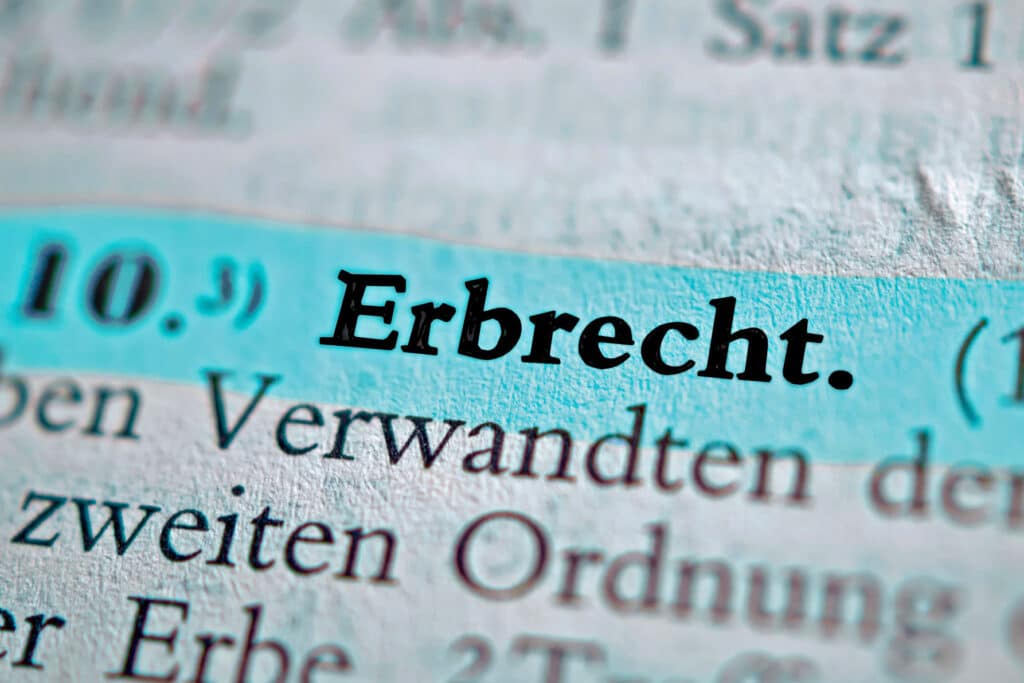In its ruling of 28 February 2024, the Federal Fiscal Court (BFH) continued its case law on the transfer of assets to a family foundation. The "most distant beneficiary" to the donor is decisive for the tax class and the allowance for gift tax. In the opinion of the BFH, this is the beneficiary who could potentially receive financial benefits from the family foundation in accordance with the foundation statutes. It is irrelevant whether the person is already born at the time of the foundation transaction, will ever be born and will actually receive financial benefits from the foundation.
The facts of the case
The wife and husband set up the U-Family Foundation and endowed the foundation with assets. The foundation deed and the foundation statutes stipulated that the purpose of the family foundation was to provide adequate provision for the wife and her husband, to provide adequate financial support for the daughter born to the founders and to provide adequate financial support for other descendants of the founders' lineage, but only after the previous generation had ceased to exist. The aim was long-term succession planning and asset protection for the family.
The tax office did not consider the daughter to be the "most remote beneficiary" for gift tax purposes within the meaning of Section 15 (2) sentence 1 of the Inheritance Tax and Gift Tax Act (ErbStG). Instead, it considered possible great-grandchildren to be decisive and applied tax class I for "descendants of children and stepchildren". As a result, an allowance of EUR 100,000 (old law) was recognised instead of EUR 400,000. The tax court supported this assessment.
Decision of the BFH
The BFH confirmed the decision of the tax court in its ruling of 28 February 2024. According to the reasoning, possible great-grandchildren are considered "most remote beneficiaries" within the meaning of Section 15 para. 2 sentence 1 ErbStG, as they could potentially receive pecuniary benefits according to the foundation statutes. It is irrelevant whether these great-grandchildren were already born when the family foundation was established or whether they ever receive financial support. The only decisive factor is the potential benefit under foundation law.
This interpretation means that the tax-free amount remains limited to EUR 100,000 instead of granting the higher amount for direct descendants.
Effects and options for action
The judgement has a significant impact on succession planning with family foundations. Anyone who transfers assets and includes future generations in the foundation charter risks a lower tax allowance. This can make asset protection more difficult, as the gift tax burden increases.
Founders should check their foundation statutes carefully. Restricting the beneficiaries to close relatives could optimise the allowance. At the same time, this must be weighed up against the objectives of succession planning.
Yours TAXGATE team supports wealthy private individuals and medium-sized companies in implementing tax-efficient asset transfers to the next generation, taking into account the tax and legal wishes of the founder.







